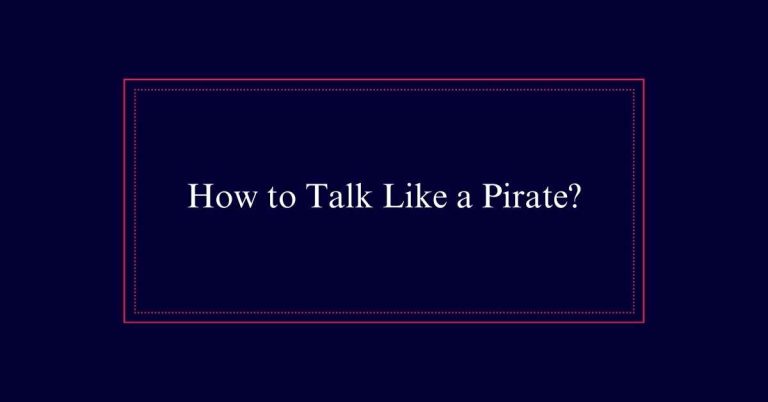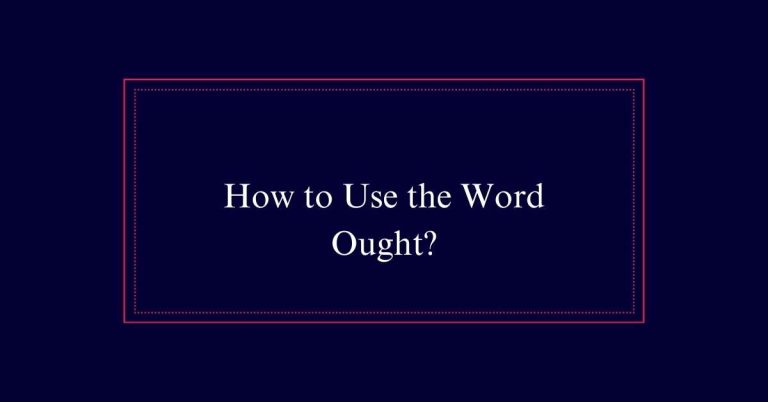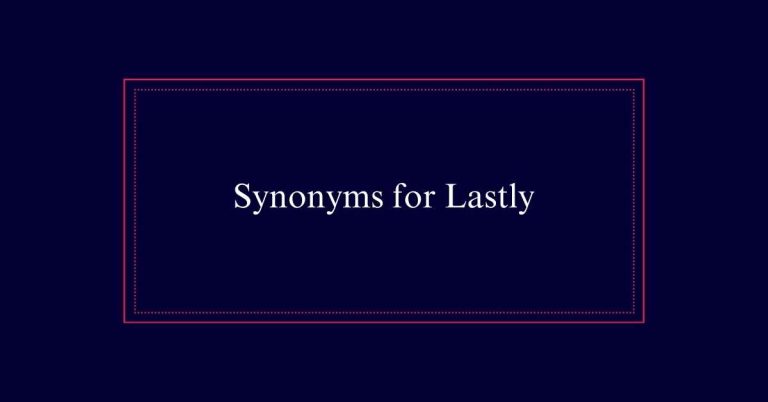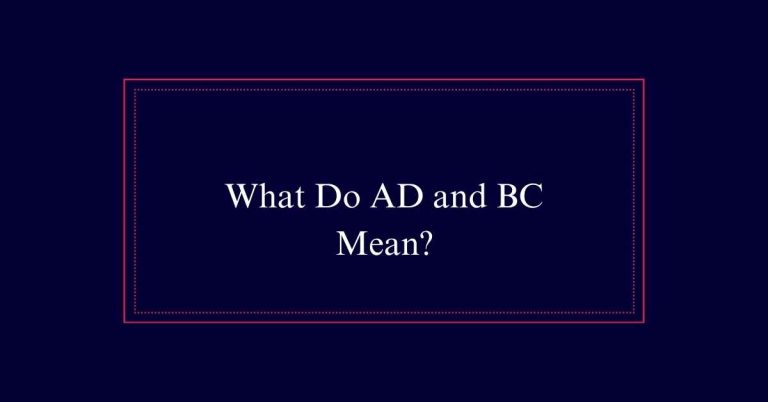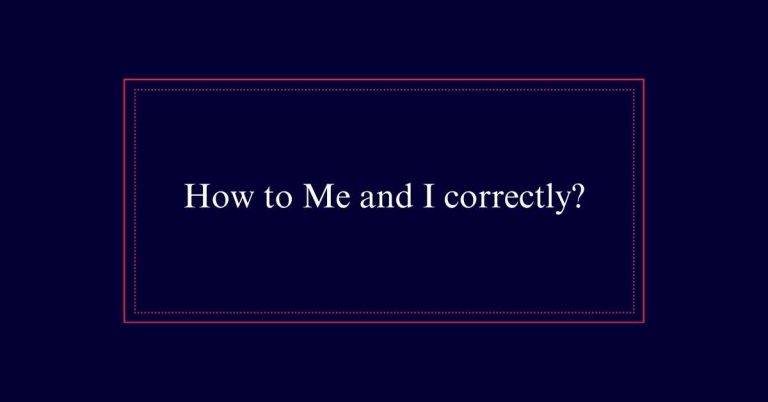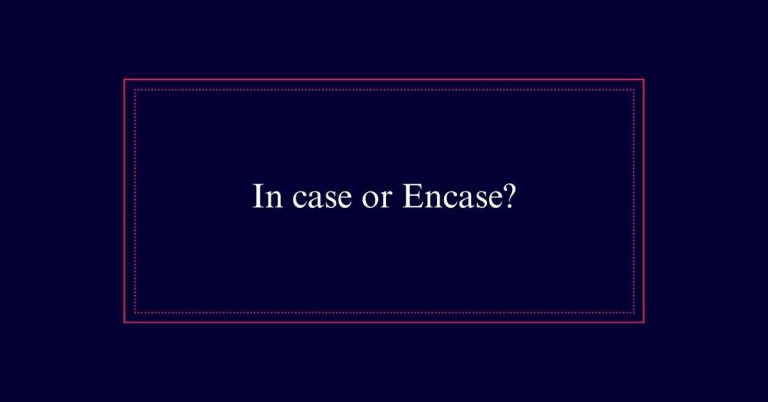What Part of Speech Is Into?
“Into” is a preposition in English. It shows movement toward the interior of something, such as in “He walked into the room.” It also indicates transformations, like “The caterpillar changed into a butterfly.” Additionally, “into” can reflect deep engagement or involvement with a subject, as in “She is really into jazz music.”
Definition of “Into”
The word ‘into’ functions as a preposition in English. It signifies movement toward the inside or interior of something.
Additionally, ‘into’ can indicate a transformation or change, reflecting a shift in state or condition.
The preposition also denotes deep engagement with a subject, showing thorough understanding or analysis.
‘Into’ can describe the combination of elements, such as mixing substances or merging ideas.
Its usage varies depending on the context of the sentence, highlighting either physical movement, transformation, or detailed involvement.
Movement Indication
A key function of ‘into’ is indicating movement toward the interior of a place or space. This preposition is commonly used to show physical movement from one location to another.
For example, ‘She walked into the room’ clearly illustrates someone moving from outside to inside. This use of ‘into’ helps to specify direction and destination, making it clear that the movement ends within a particular space.
Additionally, ‘into’ can describe someone entering an abstract space, such as ‘He explored the topic.’ In both cases, ‘into’ serves to convey a shift from one state or location to another, emphasizing the action of moving toward and reaching an interior or specific point.
Transformation Usage
‘Into’ also demonstrates metamorphosis by showing how one state or condition changes into another. This prepositional use highlights the dynamic nature of change.
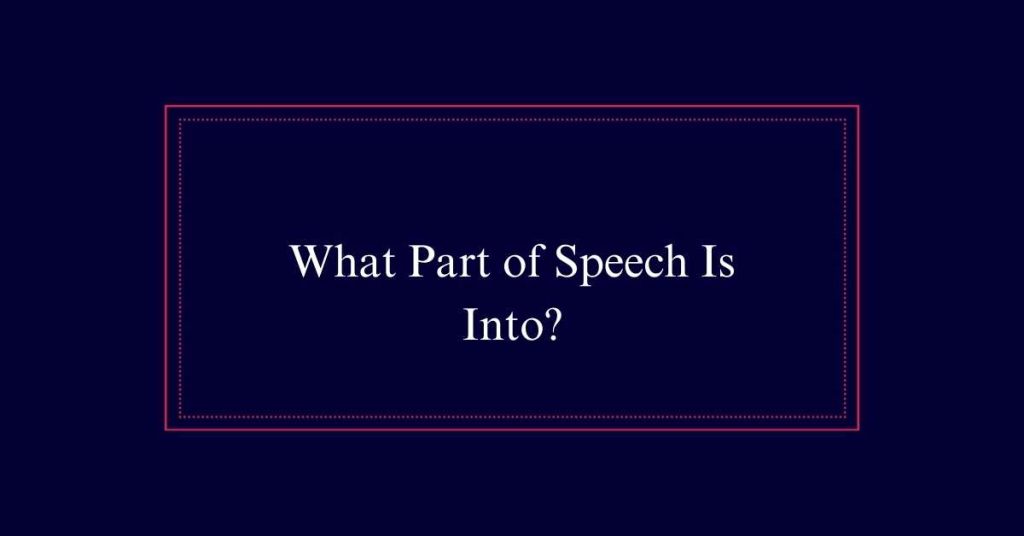
For example, water turning into steam illustrates a physical transformation. It is important to recognize this application in different contexts.
Here are four examples of metamorphosis usage:
- Ice melts into water, indicating a change of state.
- A caterpillar transforms into a butterfly, showing a biological change.
- Ideas can evolve into theories, representing intellectual development.
- Raw materials are crafted into products, symbolizing a manufacturing process.
Deep Engagement
How can the preposition ‘into’ reflect deep engagement with a subject? It often signals a thorough involvement or immersion in a topic. For example, saying ‘She explored the research’ implies a detailed, committed exploration. This usage goes beyond mere interest, indicating a profound and sustained focus.
| Example Sentence | Context | Meaning |
|---|---|---|
| She is really passionate about painting. | Hobbies | Deep interest in painting |
| He dedicated himself to his work. | Professional life | Intense dedication to his job |
| They engaged in a heated debate. | Conversations | Engaged deeply in the argument |
Testing Sentences
When testing sentences, ‘into’ should clearly demonstrate movement, transformation, or deep engagement. To guarantee correct usage, analyze the context in which ‘into’ appears. This can help identify whether it functions as a preposition indicating a specific relationship. Consider the following examples:
- Movement: ‘She walked into the room.’ Here, ‘into’ shows physical movement towards the inside.
- Transformation: ‘The caterpillar turned into a butterfly.’ ‘Into’ indicates a change in form.
- Thoroughly Engage: ‘He explored the subject matter.’ This illustrates thorough involvement.
- Combination: ‘Mix the flour into the batter.’ It reflects the act of combining elements.
Into” Vs. “In to
Understanding the difference between ‘into’ and ‘in to’ is essential for proper grammar.
‘Into’ is a preposition that indicates movement toward the inside of something or transformation. For example, ‘She walked into the room.’ Here, ‘into’ shows movement towards the interior.
On the other hand, ‘in to’ consists of two separate words: a preposition ‘in’ and the particle ‘to.’ It appears when ‘in’ is part of a verb phrase, such as ‘turn in’ or ‘come in,’ followed by the infinitive ‘to.’
For example, ‘She turned in to sleep.’ Here, ‘in’ is part of the verb phrase ‘turned in,’ and ‘to’ starts the infinitive ‘to sleep.
Verb Phrase Clarification
Clarifying verb phrases is important to understand how ‘in to’ functions within a sentence. When ‘in to’ appears, it often forms part of a verb phrase, indicating movement or direction.
This structure can be tricky, so consider these points for clarity:
- Verb Context: Look at the verb preceding ‘in to.’ Verbs like ‘run’ or ‘turn’ often use ‘in to’ to show direction.
- Preposition Check: Test if ‘into’ makes sense. If it doesn’t, ‘in to’ is likely correct.
- Separate Words: Confirm ‘in’ and ‘to’ are separate words maintaining their individual meanings.
- Sentence Meaning: Analyze if ‘in to’ impacts the sentence meaning differently than ‘into.’
Combination Denotation
The word ‘into’ can denote the combination of elements or substances within a sentence. It often describes how different components merge to form a unified entity. This usage is vital in scientific, culinary, and technical contexts. For example, “The ingredients were mixed into a smooth batter” demonstrates how separate items combine to create a new substance.
Here is a table illustrating different combinations:
| Context | Example Sentence | Combination Type |
|---|---|---|
| Culinary | Mix flour into the batter. | Ingredients |
| Scientific | The chemicals were fused into a compound. | Substances |
| Technical | Data was integrated into the system. | Information |
| Artistic | Colors blended into a masterpiece. | Elements |
| Social | Ideas merged into a policy. | Concepts |
Contextual Variations
In addition to indicating combination, the word ‘into’ exhibits various meanings depending on the context it is used in. Contextual variations of ‘into’ can notably alter its interpretation in sentences.
Here are a few examples:
- Movement: ‘He walked into the room,’ indicates physical entry.
- Transformation: ‘The caterpillar turned into a butterfly,’ describes a change in state.
- Interest or Engagement: ‘She is really into classical music,’ shows deep interest.
- Result or Outcome: ‘The discussion evolved into an argument,’ signifies a development into something else.
Sentence Examples
Several examples can illustrate the diverse ways ‘into’ functions in sentences. For instance, ‘She walked into the room,’ shows movement toward the interior of a space.
‘He turned into a different person,’ indicates transformation.
‘She is deep into her studies,’ reflects engagement with a topic.
‘The ingredients mixed into a smooth batter,’ describes the combination of elements.
‘He invested all his energy into the project,’ depicts dedication and investment.
Frequently Asked Questions
Can ‘Into’ Be Used in Idiomatic Expressions?
Yes, “into” can be used in idiomatic expressions. Examples include “run into” meaning to meet unexpectedly, and “get into” meaning to become involved. These idiomatic uses add nuance and specificity to communication.
How Is ‘Into’ Different From ‘Onto’?
“Into” and “onto” are both prepositions. “Into” indicates movement to the inside of something, while “onto” signifies movement to a surface. For example, “He walked into the room” vs. “She climbed onto the roof.”
What Are Synonyms for ‘Into’?
For the current question, suitable synonyms for “into” include “inside,” “within,” “toward,” and “in.” These alternatives can convey similar meanings related to movement, transformation, or deep involvement, depending on the sentence context.
Can ‘Into’ Be Used in Formal Writing?
Yes, “into” can be used in formal writing. It effectively indicates movement, transformation, or deep engagement. Its clear and precise meaning makes it suitable for academic, professional, and technical contexts where clarity is essential.

